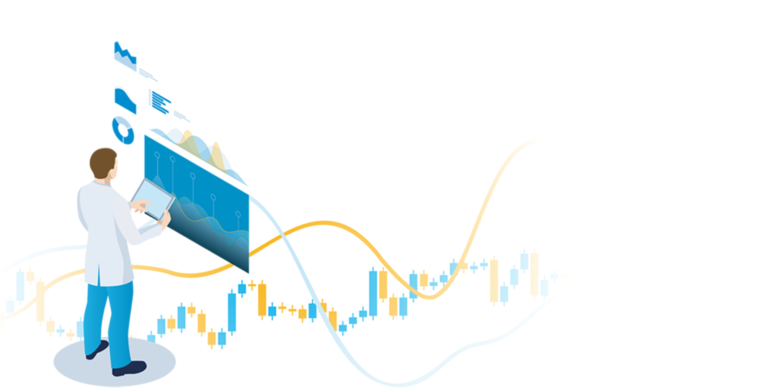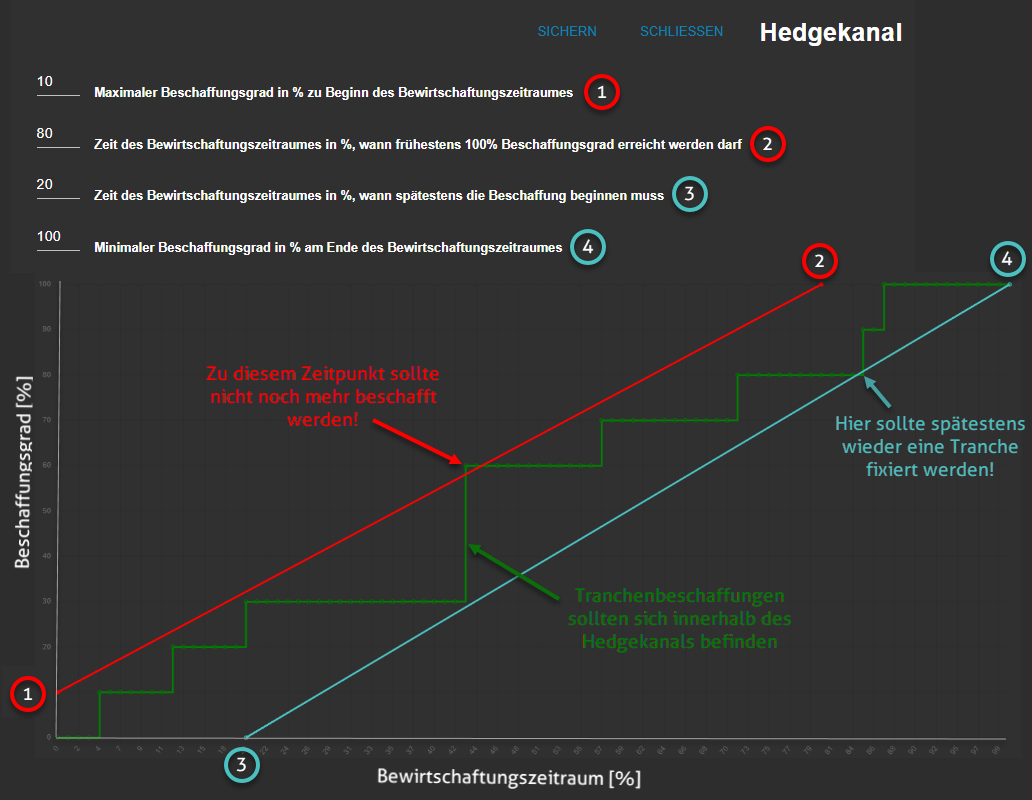

Price development
The new "Price development" area gives the supplier or consultant the opportunity to make the price history of selected load profiles available to all their customers. These can be simple EEX products such as a J-Base or a J-Peak or even quarterly or monthly products. For each product, the price history of up to one year can be tracked and, of course, the current price.
The products can be as complex as required in terms of load structure. This means that price trends for SLP profiles for electricity and gas can also be displayed, as well as for any other load profiles.
With regard to the price curve to be used, the supplier can choose whether the load curve is to be priced with an HFC (in electricity) or a DFC (in gas), or whether spot market prices are to be used. However, spot market prices are only available for the past until tomorrow at the latest. Nevertheless, as with an HFC or DFC, the price trend can be recognized here and it can help to decide, for example, between a tranche procurement and a spot market procurement.
The price development area is only used to provide customers with simple price information; no trading takes place here. At the same time, all users can define price limits and be informed by e-mail if the upper and lower limits are exceeded or not reached.
Automatic tranche procurement
Most tranche procurements are carried out manually. This means that the customer, often together with their supplier or consultant, determines the timing of a tranche fixation. This requires good knowledge of price trends. This takes time and know-how.
If you want to carry out your procurement in a less time-consuming but still low-risk manner, you can procure automatically at specific time intervals, on a daily, weekly or monthly basis, or you can freely determine the trading days. EMDaCS supports all of this. EMDaCS offers a procurement calendar for automatic procurement, which allows the supplier to define the trading days for the entire procurement in advance. The system then takes over the fixing of the tranches. Manual intervention is no longer necessary and the customer can permanently track the progress of their procurement, e.g. in portfolio management.
Portfolio management with hedge channel


